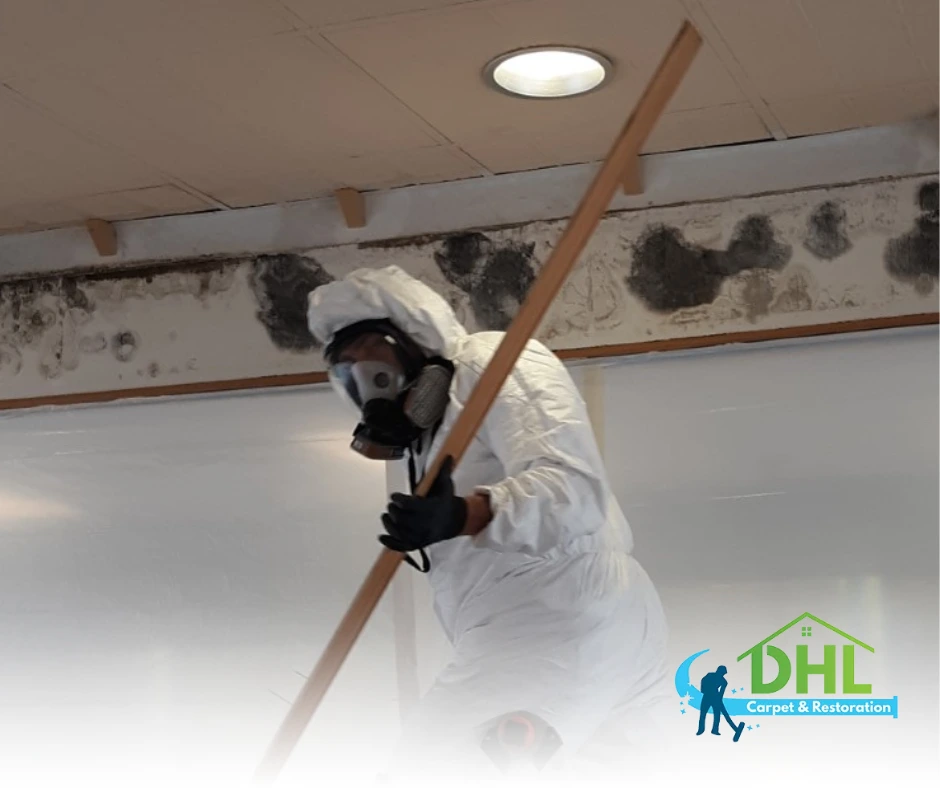Mold thrives through a dynamic life cycle that fuels its rapid spread. Learning how mold reproduces empowers you to tackle infestations head on and achieve effective mold remediation. When you grasp the reproductive stages of mold, you can design active strategies to interrupt its growth and safeguard your indoor environment.
Exploring the Mold Life Cycle
Mold reproduces through spores that travel through the air. These spores land on surfaces and quickly develop into hyphae, the thread-like structures that form a visible mold colony. Each phase in the mold life cycle holds clues about its environmental needs. Warmth, moisture, and organic material drive each stage, from spore activation to full colony formation. You can interrupt this process with proactive measures that cut off mold’s access to the elements it needs. In many cases, early intervention lays the foundation for lasting mold remediation.
Clear observation of these stages helps you detect mold growth early. Regular monitoring of humidity levels and moisture hotspots reveals when conditions turn favorable for mold. By reducing excess moisture and improving ventilation, you stop the mold life cycle before it gains momentum. Understanding the life cycle drives you to use targeted treatments rather than broad-spectrum methods that might harm indoor air quality.
Active Reproduction and Environmental Triggers
Mold reproduces actively when conditions support its needs. Warm temperatures and high humidity ignite spore germination and accelerate colony expansion. In indoor spaces, small water leaks, condensation, or high moisture levels serve as catalysts. When you address these factors immediately, you break the mold’s reproduction cycle. A vigilant approach and regular checks let you spot trouble before mold colonizes new areas.
This active method ensures that each reproduction phase receives prompt attention. Short, decisive actions such as repairing leaks, using dehumidifiers, and improving airflow drastically reduce mold growth. You harness knowledge about mold reproduction to create a controlled environment where spores struggle to establish themselves. This understanding fuels every step toward a cleaner, safer home.
Smart Tactics for Effective Mold Remediation
Implement smart tactics that disrupt mold reproduction and support long-term mold remediation. Inspect areas prone to dampness and seal any leaks as soon as you detect them. Wipe down surfaces after moisture exposure and use natural antifungal agents to protect vulnerable areas. These steps reduce the food supply mold needs, cutting off its reproduction cycle effectively.
You design your approach by combining immediate fixes with routine maintenance. Improve ventilation in every room and monitor indoor humidity closely. Regular upkeep and swift action stop mold before it spreads to new areas. Every measure you take contributes to a resilient defense against mold infestations. Rely on these active tactics and let your understanding of mold reproduction guide you through each step of mold remediation.
By mastering the life cycle of mold, you gain a powerful ally in protecting your home. This knowledge transforms reactive cleaning into a strategic plan, making each decision count. Active measures and precise adjustments ensure that mold remains under control and never gets the chance to reproduce unchecked. Embrace these insights and continue refining your approach to maintain a healthy, mold-free indoor environment.
In this journey, effective mold remediation stands as a testament to the power of understanding nature’s processes. Engage with each stage actively, and let your actions build a lasting barrier against mold growth.
Learn more about mold remediation:
Airborne Mold Spores: The Invisible Threat and the Role of Mold Remediation
How Mold Spores Spread Indoors: Key Factors for Effective Mold Remediation

